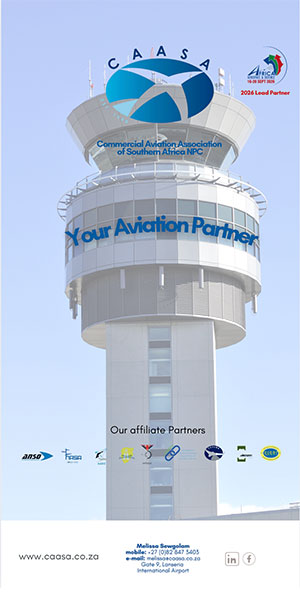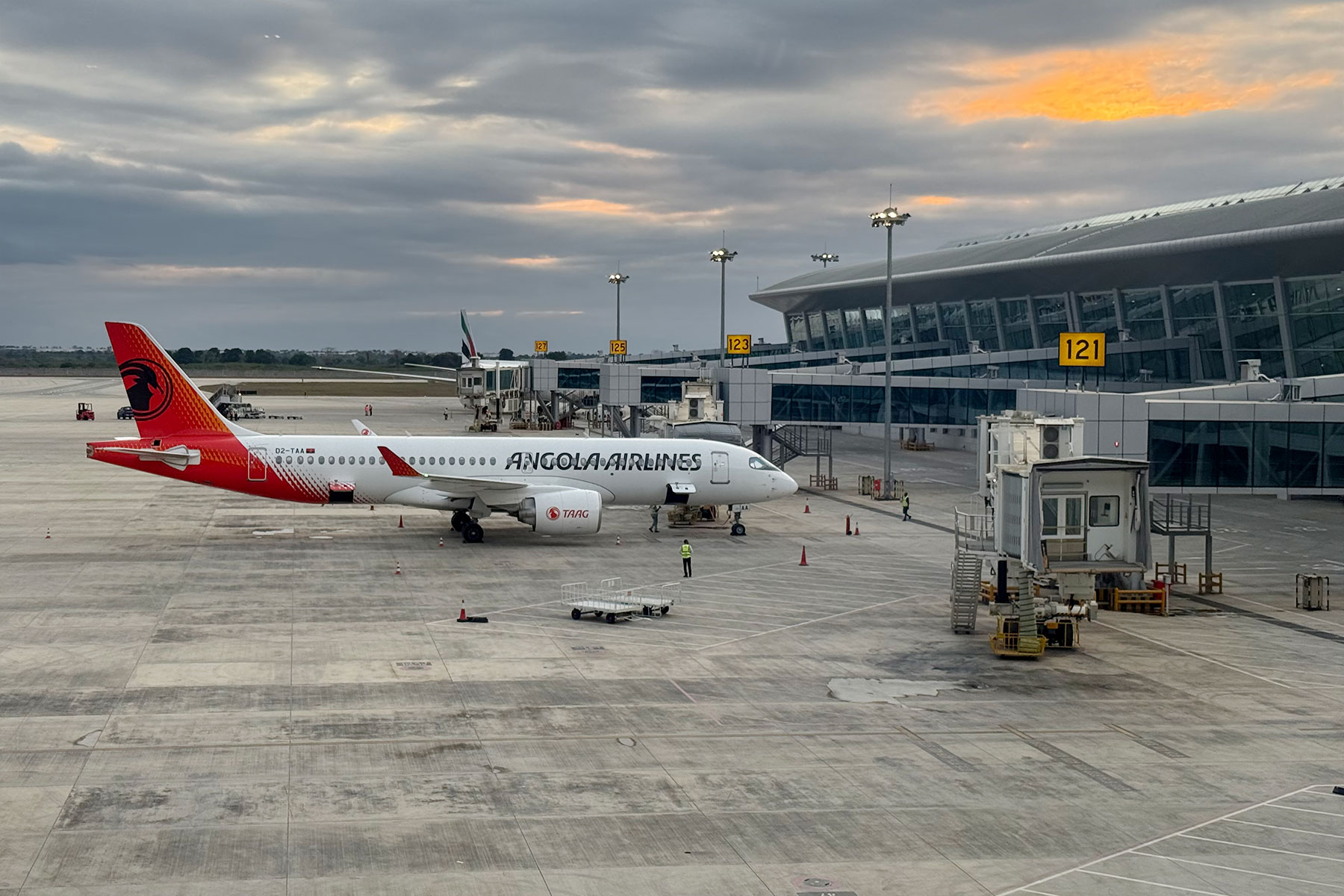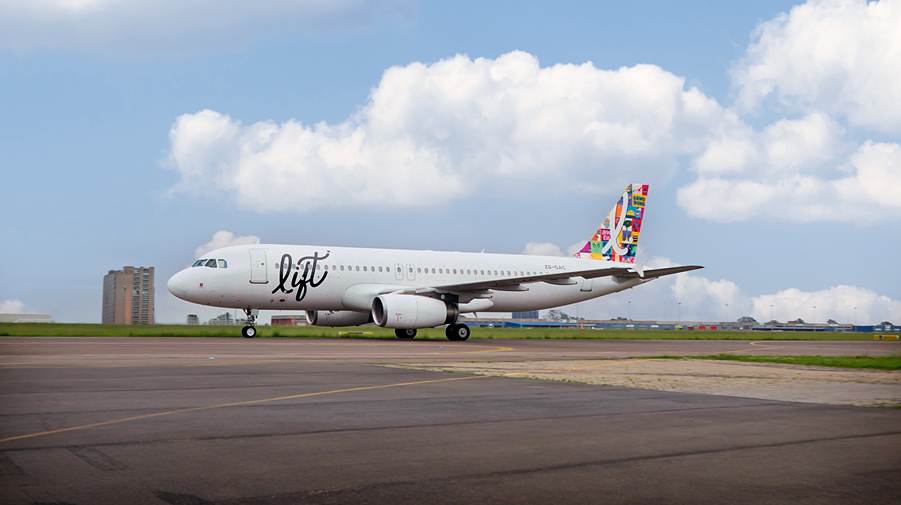Business aviation remains one of the most powerful yet under-recognised tools for driving Africa’s economic and social development. Speaking at the African Aviation Summit in Kigali, Dawit Lemma, Chairman of the African Business Aviation Association (AfBAA), called for a paradigm shift in how the continent views and supports this critical segment of aviation.
Defining Business Aviation Beyond Corporate Jets
Lemma began by reframing the definition of business aviation, referencing the US Federal Aviation Administration (FAA), which describes business aviation simply as the use of an aircraft as a business tool to save time. This definition does not specify a jet, a brand, or a model, but focuses on the purpose.
Too often, when the term business aviation is used, it is associated with corporate jets transporting CEOs between capitals. In Africa, however, business aviation covers far more. Nairobi’s Wilson Airport is a prime example. Despite being the second busiest airport in Africa by aircraft movements, operators at Wilson combine scheduled services, charter flights, and medical evacuations, using versatile aircraft such as the Cessna Caravan, which Lemma called the true workhorse of African skies.
Business Aviation as a Development Tool
The breadth of business aviation in Africa is vast. Farmers flying small aircraft from fields to trading posts, anti-poaching units using helicopters and fixed-wing aircraft, humanitarian teams reaching flood-isolated communities, UAV operators conducting mapping, mining and infrastructure inspections, and Rwanda’s Zipline drones delivering blood and medicine are all examples of business aviation operations. These activities are not a luxury but a vital enabler of commerce, healthcare and security.
Dispelling Persistent Myths
Africa was once regarded as a dumping ground for ageing business aircraft, but this is no longer true. The continent now leads globally in the percentage of new or newer pre-owned aircraft entering service, with around 25% of commercial aircraft categorised as next-generation.
It is also incorrect to think of Africa as a minor player in the global business aviation market. The continent’s fleet share is comparable to South America and Asia, and as a cluster of fast-growing emerging markets, Africa represents a significant opportunity for growth. Business aviation in Africa is not about elite mobility, but about economic, social and geopolitical impact.
AfBAA’s Five Strategic Pillars
Founded in 2012, AfBAA continues to embed business aviation as a recognised economic driver across the continent. Lemma highlighted the association’s five pillars:
- Member Engagement and Outreach – Expanding membership across business and general aviation sectors
- Good Governance – Ensuring transparency and sustainability
- International Outreach – Connecting Africa to ICAO, IBAC, and global stakeholders
- General Aviation and RPAS Integration – Building Africa’s UAV and general aviation future
- PR and Communications – Amplifying Africa’s voice globally
The Unmanned Opportunity
Lemma pointed to the rapid rise of UAV operations, noting that some estimates suggest nearly one-third of aircraft flying in Africa are unmanned. Rwanda’s leadership in drone technology, including hosting the Africa Drone Forum, positions the continent to leapfrog into advanced air mobility.
Africa’s limited traditional transport infrastructure and vast distances make UAVs a natural solution, mirroring the way the continent leapfrogged landline telephony in favour of mobile technology.
A Call for a Unified Voice
Lemma will represent Africa’s business and general aviation sector at the ICAO 42nd Assembly. He has urged the continent to use its significant voting power to shape global aviation policy as active leaders rather than passive recipients. Business aviation in Africa, he said, is about access, development and excellence. It is not optional. It is essential.
















